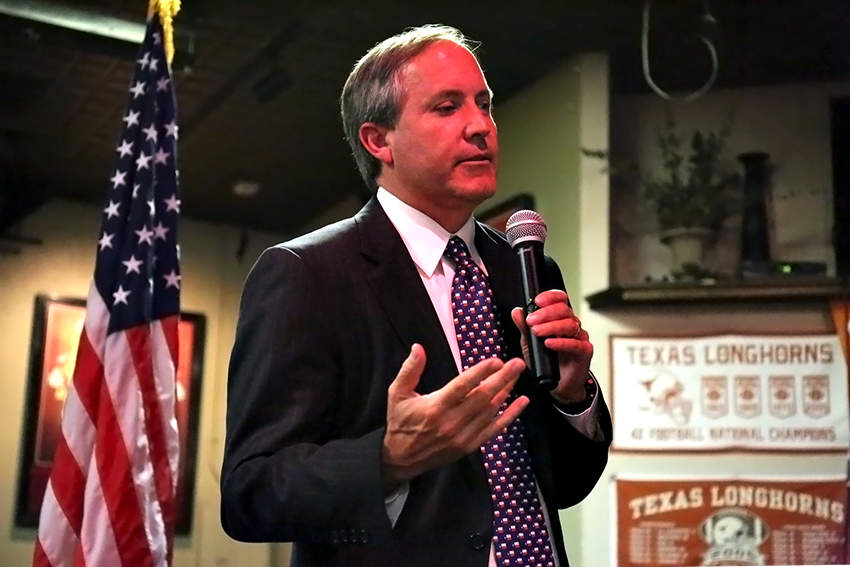With the United States likely to have one million fatalities from the opioid crisis by 2020, Attorney General Ken Paxton launched a campaign to educate Texans on the dangers of prescription painkillers. But UT experts on the front lines of the epidemic say the campaign only covers a small portion of the wider problem.
The campaign is centered around a website, doseofreality.texas.gov, which offers information about proper storage of prescription painkillers — to ensure they are not taken by individuals who were not prescribed them. The site also has information about the dangers of misusing them.
“The misuse and abuse of prescription opioids cost lives and devastate Texas families in every region of our state,” Paxton said in a statement. “When patients are not well informed, these drugs can inflict far more pain than they prevent.”
Lucas Hill, the director of Operation Naloxone, a program in the College of Pharmacy that studies the opioid epidemic, said the website is missing one crucial element. It lacks any mention of the life-saving opioid overdose drug naloxone, which the U.S. Surgeon General said last year every American should keep with them.
“It’s very bare-bones and focuses on primary prevention and not the things that are killing thousands of people today, not on the people who already have an opioid abuse disorder or are using illicit opioids,” Hill said. “It does not seem to accept that addiction is a chronic disease.”
Hill said the website provides useful information, but also only goes after one portion of the epidemic. In 2016, of 42,249 opioid overdose deaths, about 40 percent involved prescription painkillers, according to the National Institute on Drug Abuse. The other 60 percent involved heroin or synthetic opioids such as fentanyl, which can be fatal even in small doses.
On and around campus, the organization Students for Sensible Drug Policy also promotes the use of naloxone and harm reduction for combating the epidemic. Ian Sims, the organization’s co-president, said he was similarly frustrated with the website.
“(Paxton) did mention how to spot an opioid overdose, but then again … if you don’t provide information on how to reverse an opioid overdose, which is through naloxone, then that’s only half of the picture,” Sims said.
The campaign also ignores Operation Naloxone and initiatives Texas is spending millions of dollars on to combat the epidemic through harm-reduction methods such as medication-assisted addiction treatment. Last year, UT Health San Antonio received about $15 million to purchase and educate naloxone around the state, but this was not mentioned in Paxton’s campaign. In Texas, where experts believe bad data could be obscuring the magnitude of the opioid epidemic, Hill said promoting these initiatives is essential.
“It seemed to be an opportunity to say they are addressing the crisis without having much of a real impact,” Hill said. “Good things are going on in Texas in the background, but this website didn’t highlight those.”
Hill said there are many advocates working on the opioid epidemic that are frustrated with the Dose of Reality campaign, but he sees it as an opportunity to work with the state to adjust its approach.
“I don’t think it pulls resources away from our efforts necessarily, but I wish it was more directly promoting them and encouraging things that we know have a big effect,” Hill said.





















